Cosmetic Dentistry, Teeth Straightening
Invisalign Results: What to Expect and How Long It Really Takes
When you picture a straighter smile, metal braces may be the first thing that comes to mind. But if you prefer something more subtle, Invisalign has changed the game. These clear aligners have helped millions of people achieve beautiful smiles without the brackets and wires. If you’re curious about whether Invisalign can deliver real results and how long the process actually takes, you’re not alone. These are some of the most common questions patients ask during consultations.
The truth is, Invisalign is highly effective for many orthodontic cases, but how well it works and how long it takes depend on your specific needs. Some patients see results in just a few months, while others require a longer treatment plan. The key is understanding how Invisalign works, what affects your timeline, and whether it’s the right fit for your smile goals.
How long does Invisalign take to straighten teeth?
For most adults, Invisalign treatment takes between 12 and 18 months. However, many patients begin to notice visible changes within just a few weeks. The exact timeline depends on several factors, including how complex your case is, how consistently you wear your aligners, and how your teeth respond to movement.
Each set of aligners is designed to apply gentle, controlled pressure to specific teeth, guiding them into place step by step. You’ll switch to a new set of aligners about every one to two weeks, depending on your treatment plan. The gradual adjustments are calculated through digital planning software, which allows your dentist to map out the entire process before you even start.
If you have mild spacing or alignment issues, your Invisalign journey might be shorter, sometimes as little as six months. On the other hand, more complex cases involving multiple tooth movements or bite adjustments may take closer to two years.
It’s also worth noting that wearing your aligners for 20 to 22 hours a day is essential. Taking them out too often or not wearing them overnight can delay your results. Invisalign only works when it’s on your teeth, so consistent wear is one of the most important factors in staying on track.
Regular check-ins with your dentist also play a role. These appointments ensure your treatment is progressing as expected and allow for any refinements if needed. Some patients finish ahead of schedule because they’ve followed their plan closely, while others need a few extra sets of aligners toward the end for fine-tuning.
Is Invisalign faster than braces?
In many cases, Invisalign can be as fast or faster than traditional braces, especially for mild to moderate alignment issues. Traditional braces are extremely effective for complex cases, but they require periodic adjustments by your orthodontist, which usually happen every four to six weeks. Invisalign, on the other hand, moves your teeth continuously as you switch aligners, keeping the process more fluid.
Another factor that can make Invisalign faster is how much control patients have over their treatment. Because the aligners are removable, people tend to take better care of their oral hygiene, which can prevent delays caused by dental issues like cavities or gum inflammation. With braces, plaque buildup around brackets can sometimes slow down progress or require temporary breaks for dental treatment.
However, Invisalign is only faster if you wear the aligners as instructed. Skipping days or frequently removing them can quickly set you back. Braces are bonded to your teeth, so they work around the clock without relying on your discipline. That’s why Invisalign tends to be faster for motivated adults and teens who are diligent with their routine.
Complex bite corrections can take longer with Invisalign compared to braces, but technological advances have closed the gap significantly. Attachments, precision wings, and other Invisalign features allow for more intricate movements that used to be possible only with braces.
Ultimately, the “faster” option depends on the individual case. Some patients complete Invisalign in less time than they would have with braces, while others follow similar timelines. The best way to know is through a personalized consultation, where your dentist can map out a digital simulation of your treatment plan.
Does Invisalign actually work for crowded teeth / overbite / crossbite?
Yes, Invisalign can effectively treat many cases of crowded teeth, overbites, crossbites, and other common orthodontic issues. Over the years, the system has evolved to handle more complex movements than when it first launched.
For crowded teeth, Invisalign gradually creates space by moving teeth into better positions and sometimes widening the dental arch slightly. In some cases, a tiny amount of enamel is smoothed between teeth (called interproximal reduction) to make room. Patients with mild to moderate crowding often see excellent results. Severe crowding may require additional procedures or be combined with other orthodontic methods.
For overbites, Invisalign uses special attachments and precision wings that help shift the lower jaw forward or control the movement of upper teeth to create proper alignment. Mild to moderate overbites respond very well to aligner therapy. More significant skeletal discrepancies may still require braces or surgical orthodontics, but Invisalign can address many bite issues that previously required traditional methods.
Crossbites, where some upper teeth sit inside the lower teeth, can also be corrected with Invisalign. By applying targeted pressure, aligners can help reposition teeth to align properly with the opposing arch. This correction not only improves your smile but also prevents uneven wear, jaw discomfort, and future dental problems.
The success of Invisalign in treating these conditions depends on three main factors:
- The complexity of your case.
- The accuracy of your treatment plan.
- Your commitment to wearing the aligners consistently.
Many patients with crowding, overbite, or crossbite achieve results comparable to braces. In fact, for some, Invisalign offers a more comfortable and discreet experience without compromising on effectiveness.
What affects how well Invisalign works?
While Invisalign is a powerful orthodontic tool, its effectiveness depends on a combination of technology, planning, and patient behavior.
Here are some factors that influence results:
- Severity of the orthodontic issue: Mild and moderate cases tend to see faster, more predictable outcomes. Severe misalignments may require longer treatment or a combination of approaches.
- Patient compliance: Wearing aligners as directed is crucial. Consistent wear is what allows each set to do its job.
- Accuracy of the treatment plan: A skilled dentist who creates a precise digital plan can make a huge difference in outcomes. Nu Dentistry Missouri uses advanced imaging to customize each patient’s plan.
- Age and biological response: Younger patients often experience slightly faster tooth movement, but adults can still achieve excellent results with patience and proper wear.
- Oral hygiene: Good hygiene prevents issues that could interrupt treatment. Because Invisalign is removable, it’s easier to keep teeth clean compared to braces, but neglecting hygiene can still cause setbacks.
- Follow-up appointments: Staying on schedule with dental visits ensures your treatment remains on track and allows for refinements if needed.
The advantages of Invisalign beyond appearance
While the cosmetic appeal of clear aligners is obvious, Invisalign has benefits that go beyond just aesthetics.
- Comfort: Smooth plastic trays are often more comfortable than brackets and wires that can irritate cheeks and gums.
- Convenience: You can remove aligners to eat, brush, and floss, which makes daily life easier.
- Predictability: Digital scans and 3D simulations give you a clear preview of your smile transformation before you begin.
- Fewer emergency visits: There are no broken wires or popped brackets to deal with.
- Better oral health: Straight teeth are easier to clean, which reduces the risk of cavities and gum disease over time.
These practical advantages are part of why so many adults and teens are choosing Invisalign as their preferred orthodontic solution.
What happens after Invisalign treatment ends
Once you finish your Invisalign journey, you’ll need to wear retainers to maintain your new smile. This is a standard step for both Invisalign and braces. Teeth naturally want to shift back over time, so retainers help stabilize their new positions.
Most patients start by wearing their retainers full-time for a few months, then gradually transition to night-time wear. Your dentist will give you specific instructions tailored to your case. Following through with retention is just as important as the active treatment phase. It’s what protects the investment you’ve made in your smile.
Why Invisalign at Nu Dentistry Missouri
Choosing the right dental team makes all the difference in your Invisalign results. At Nu Dentistry Missouri, we combine expertise with state-of-the-art technology to create personalized treatment plans that prioritize both function and aesthetics.
From your initial consultation to your final aligner, our team will guide you through each step, ensuring your treatment stays on schedule and your results are exactly what you envisioned. Whether you’re looking to fix crowding, improve your bite, or simply straighten your smile, we’re here to help you get there with confidence.
Take the first step toward your best smile
Invisalign offers a clear path to a straighter, healthier smile without the hassle of braces. If you’ve been considering orthodontic treatment, now is the perfect time to find out if Invisalign is right for you.
Schedule your appointment at Nu Dentistry Missouri today to get a personalized treatment plan and see a digital preview of your future smile. The sooner you start, the sooner you can enjoy the results.


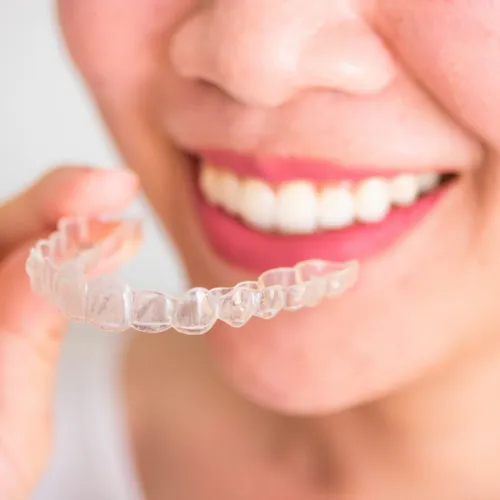
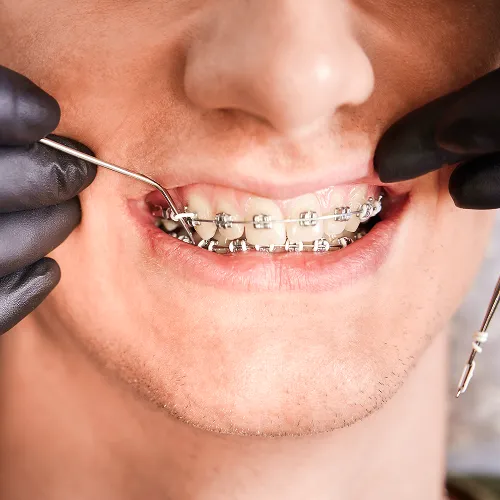
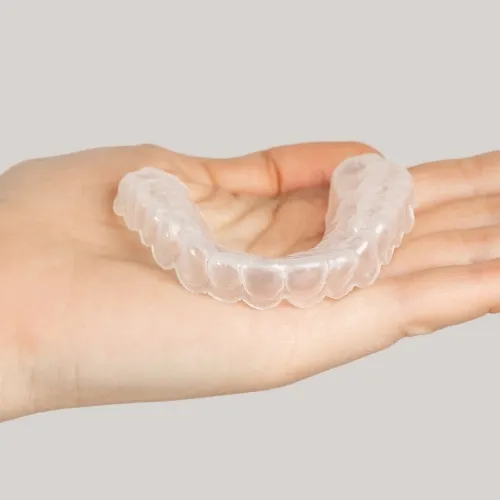
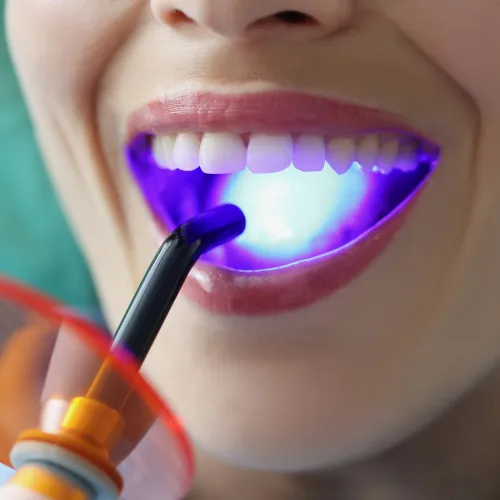







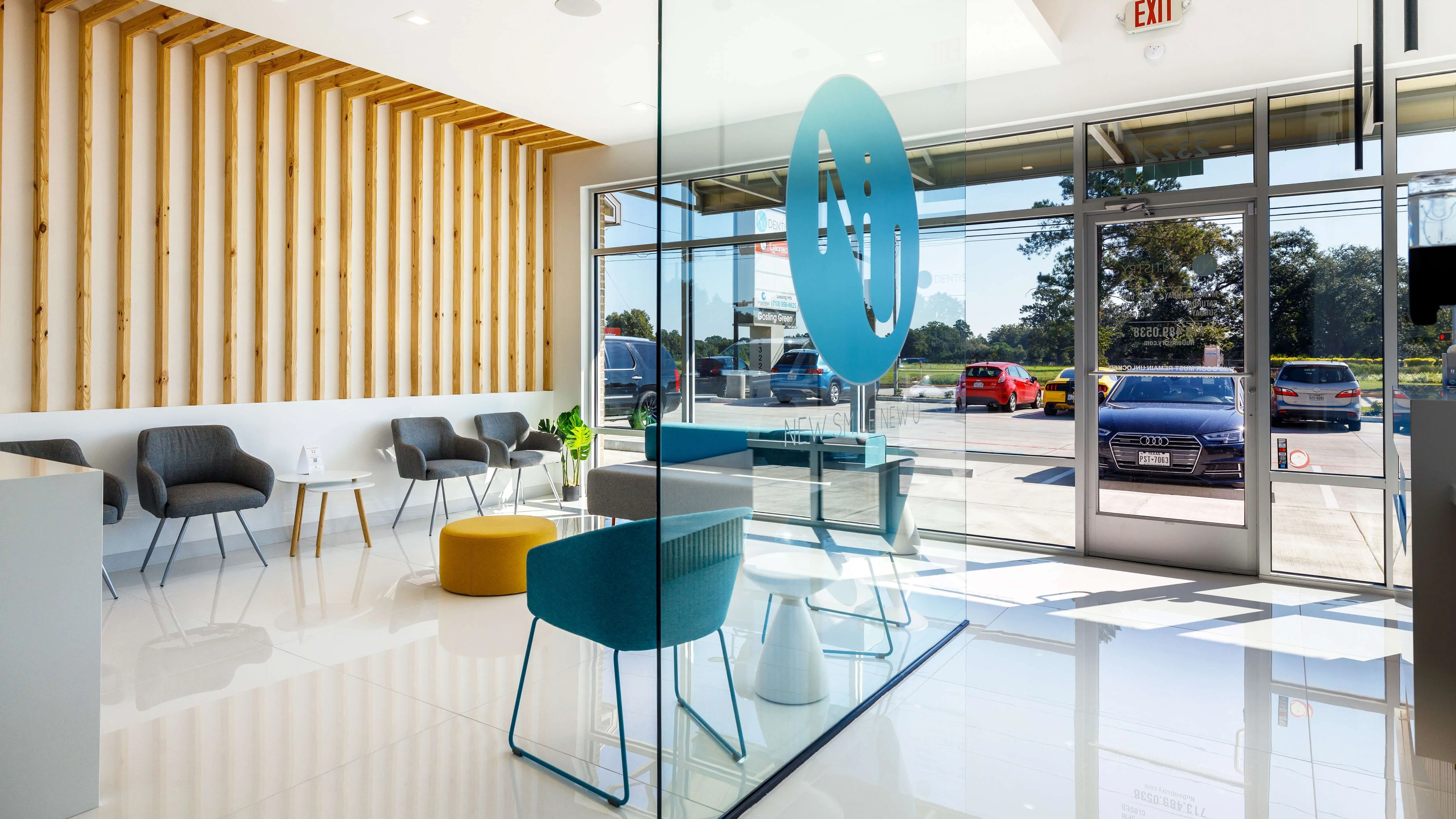


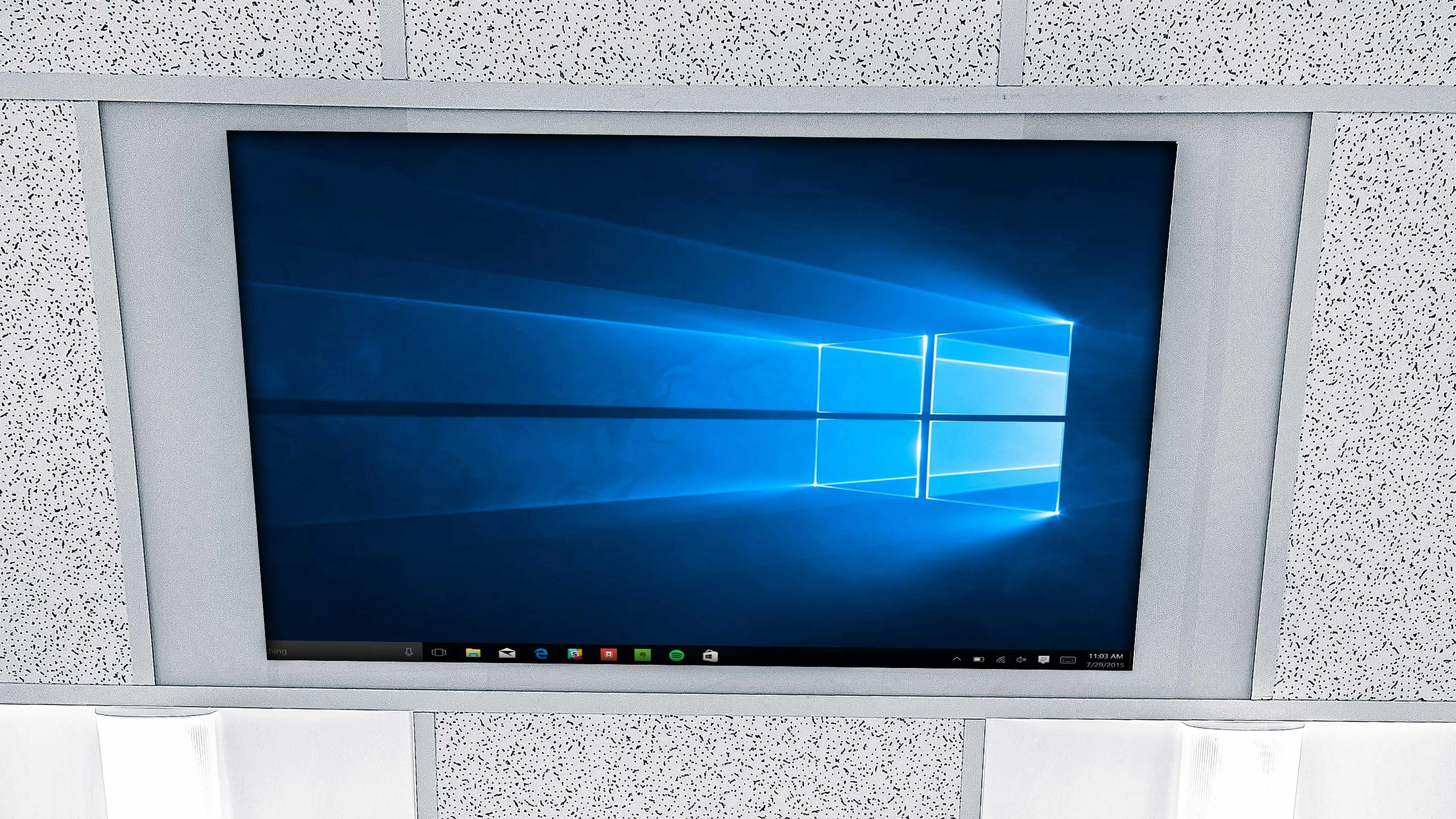

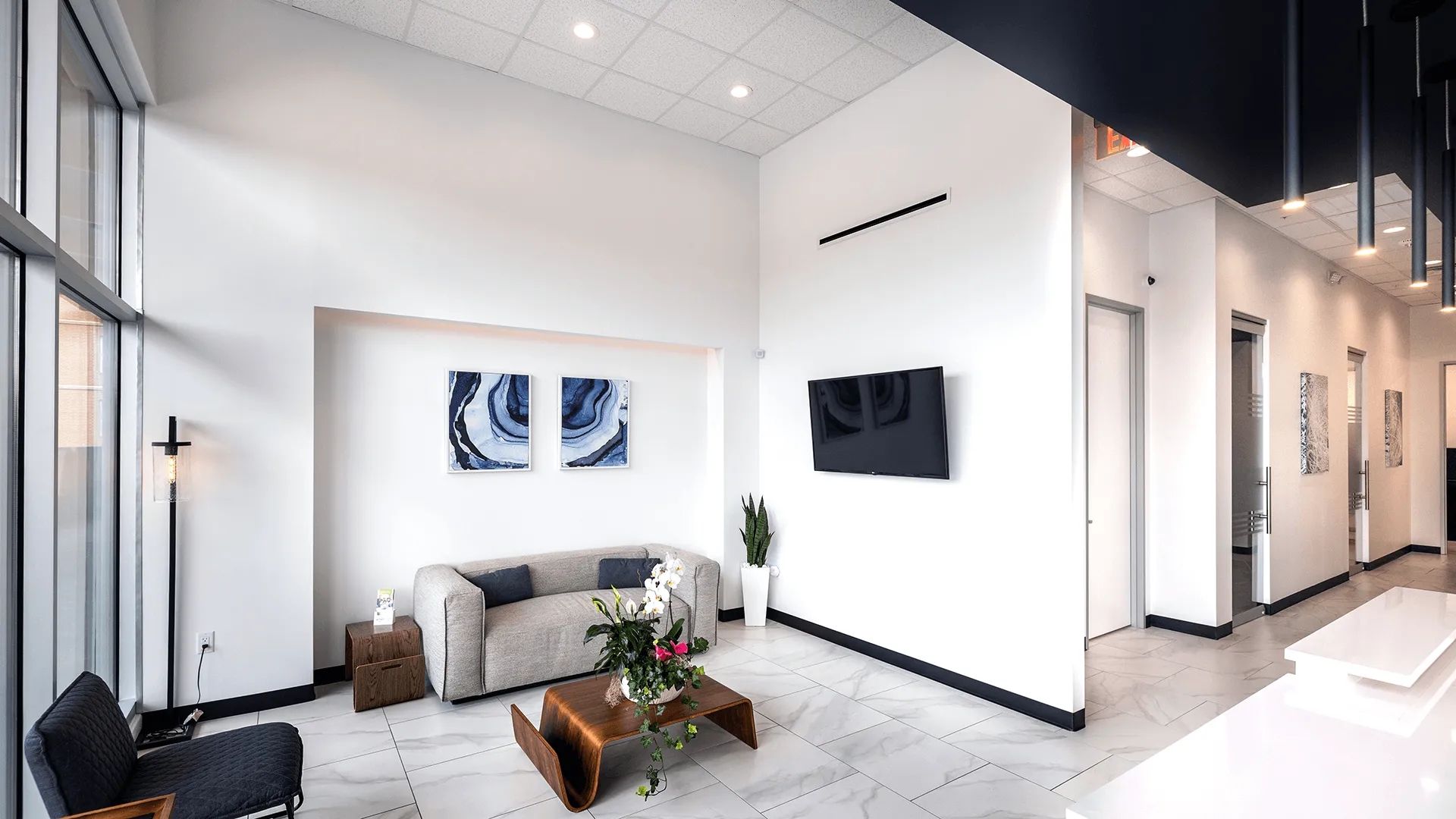
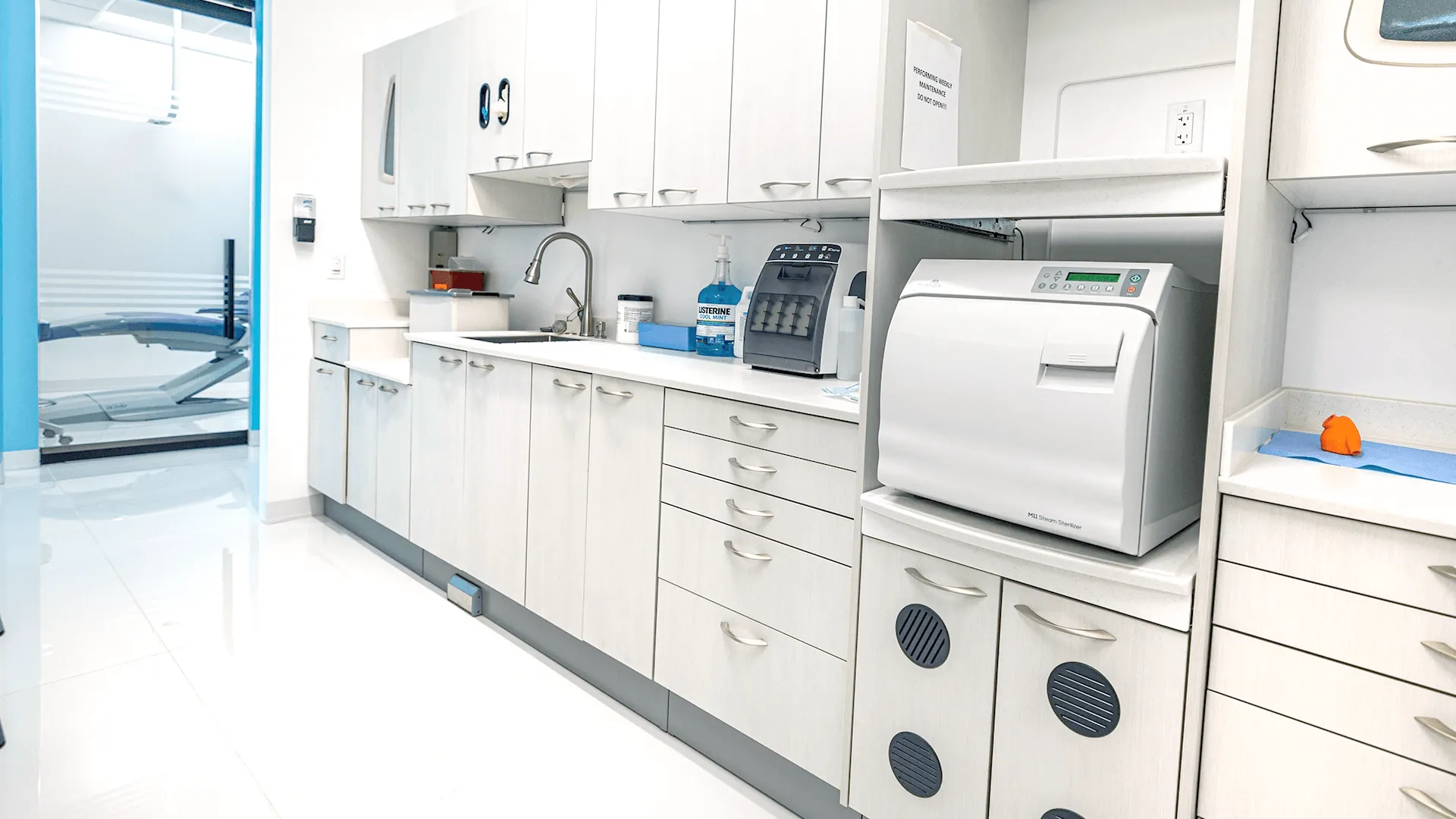


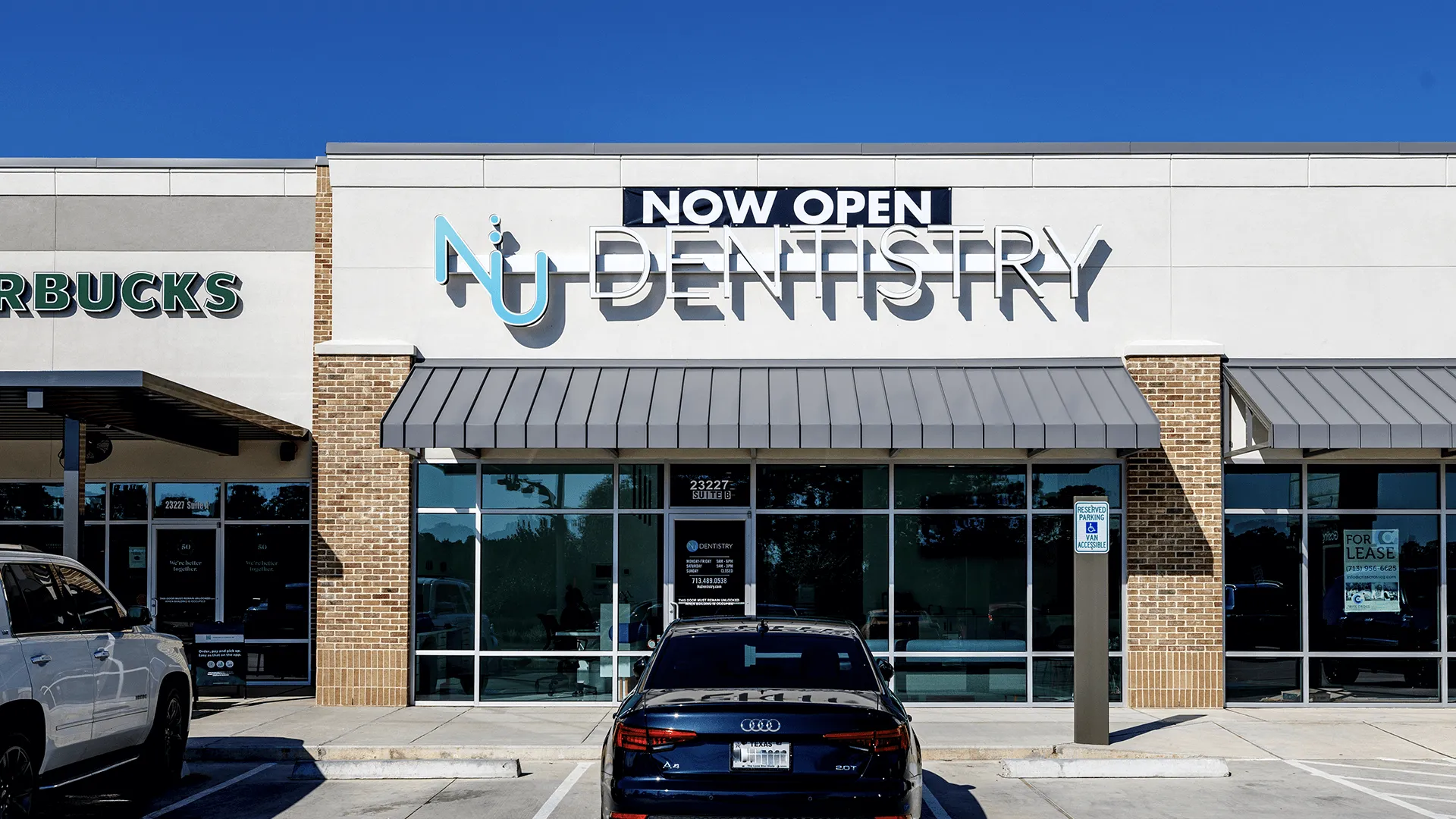



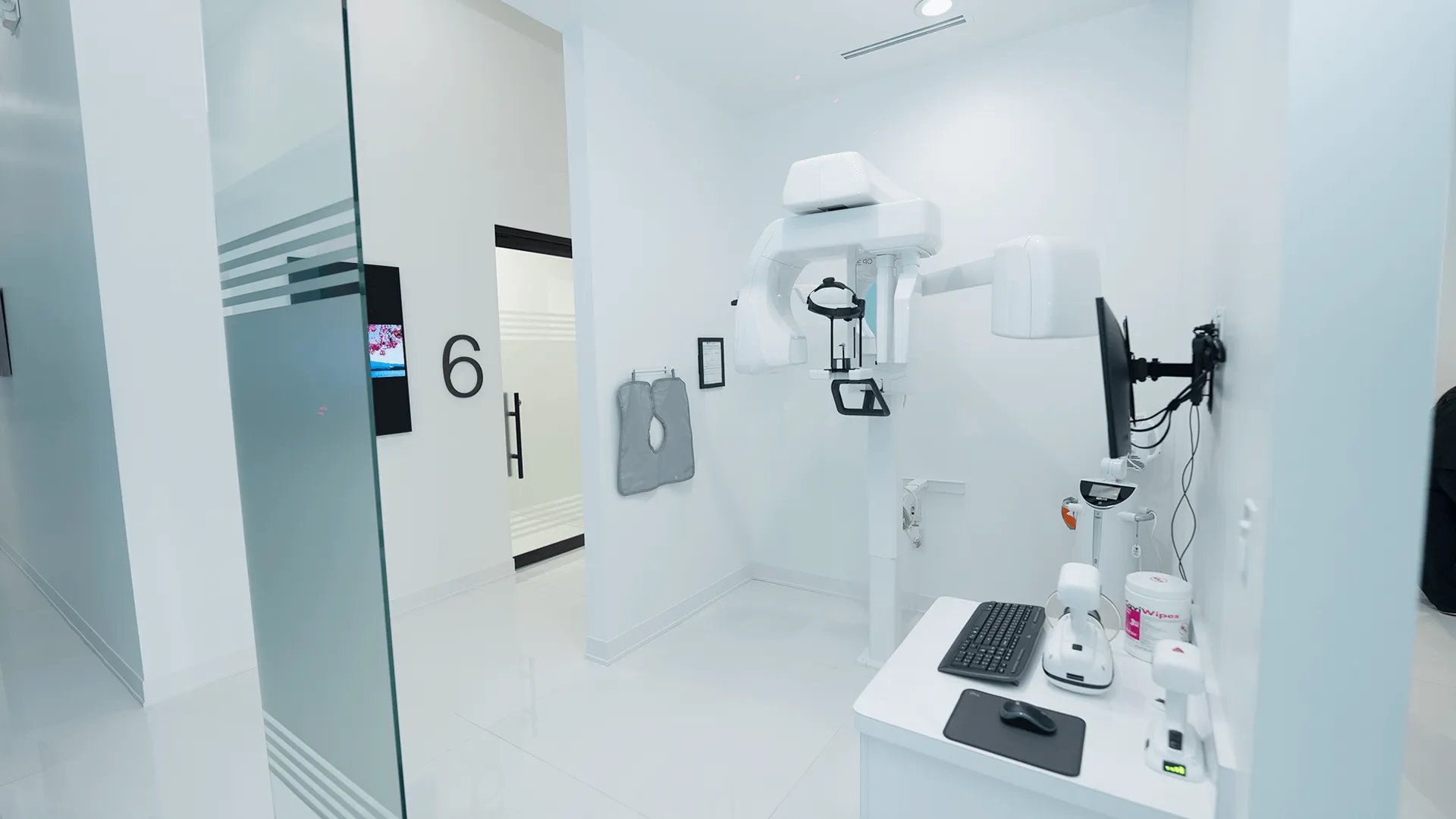
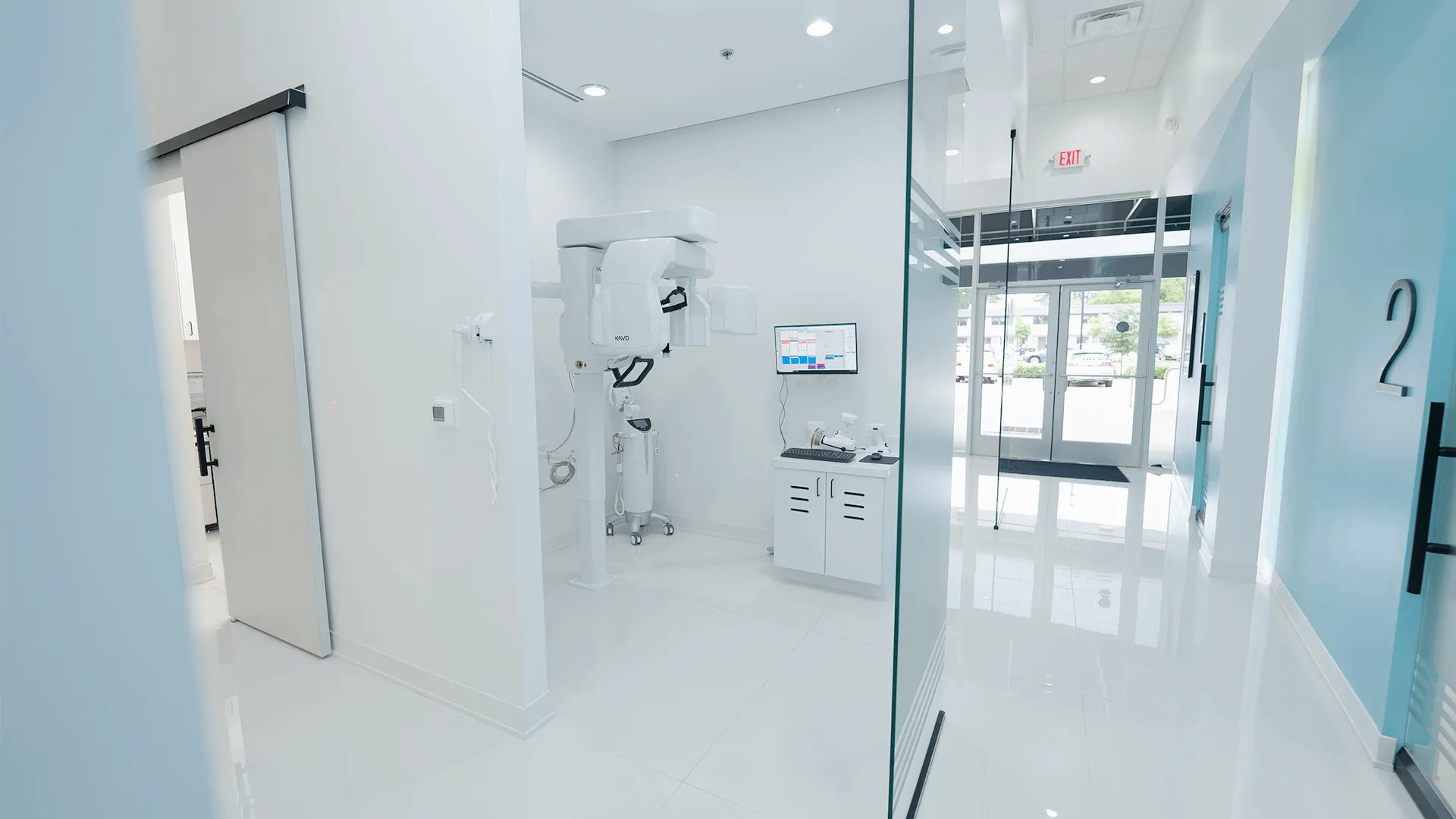

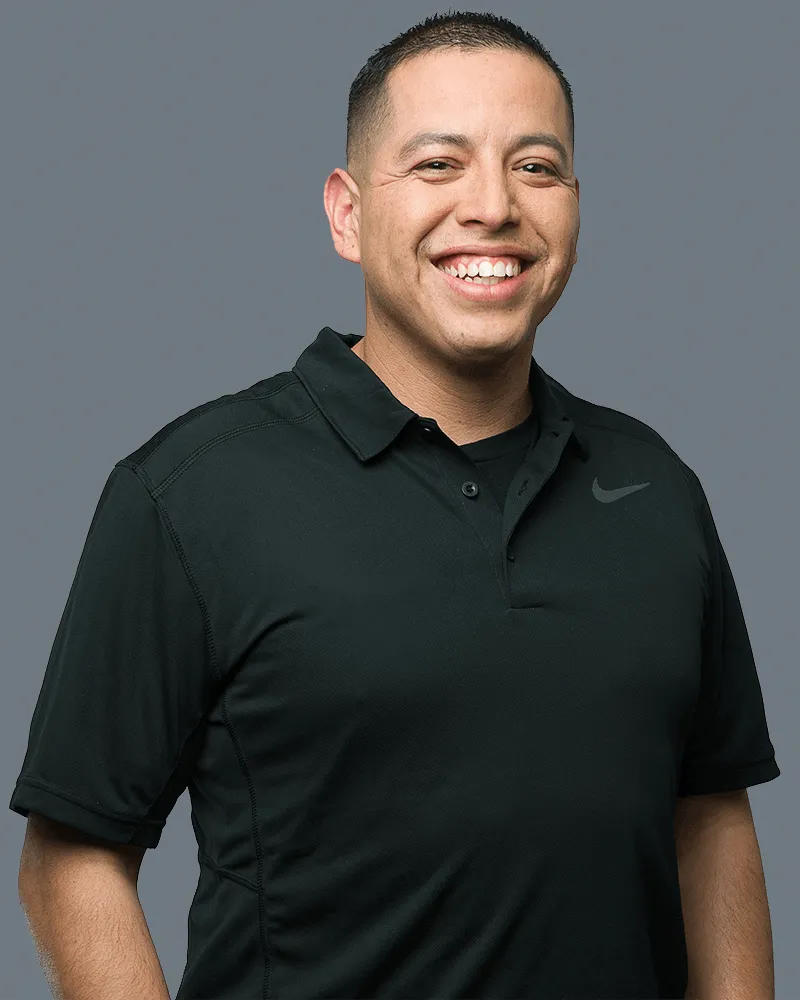
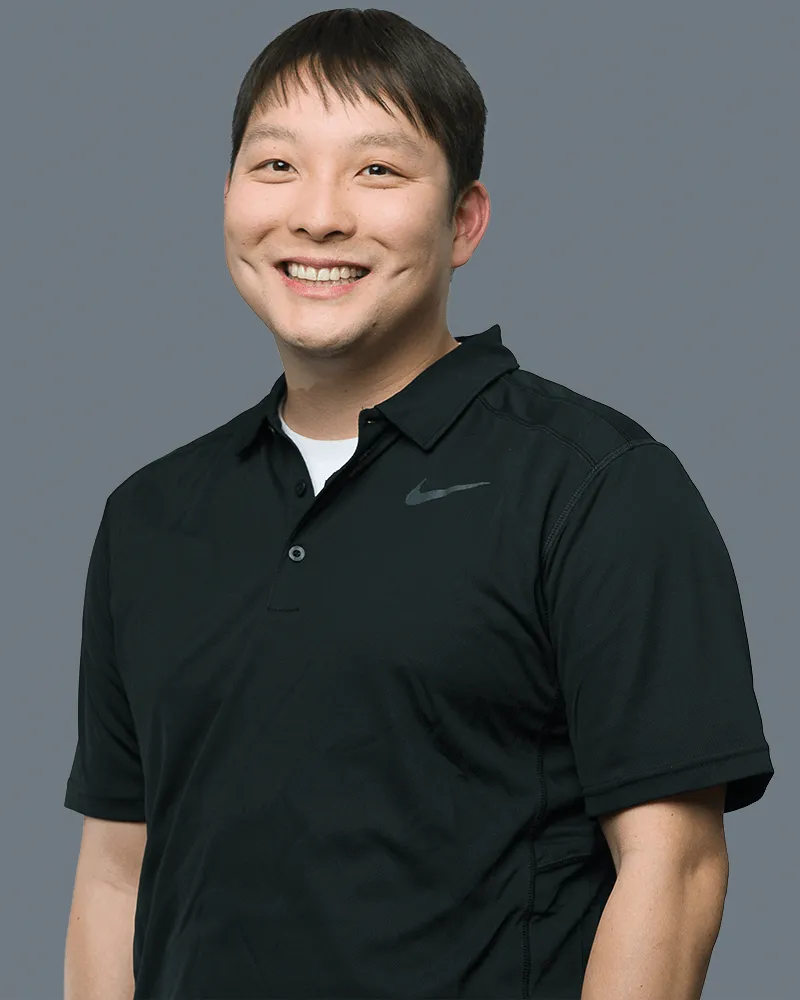

CARING DENTISTS Missouri City, TX
OUR SOCIALS
Check us out and follow our accounts on the following social media platforms....